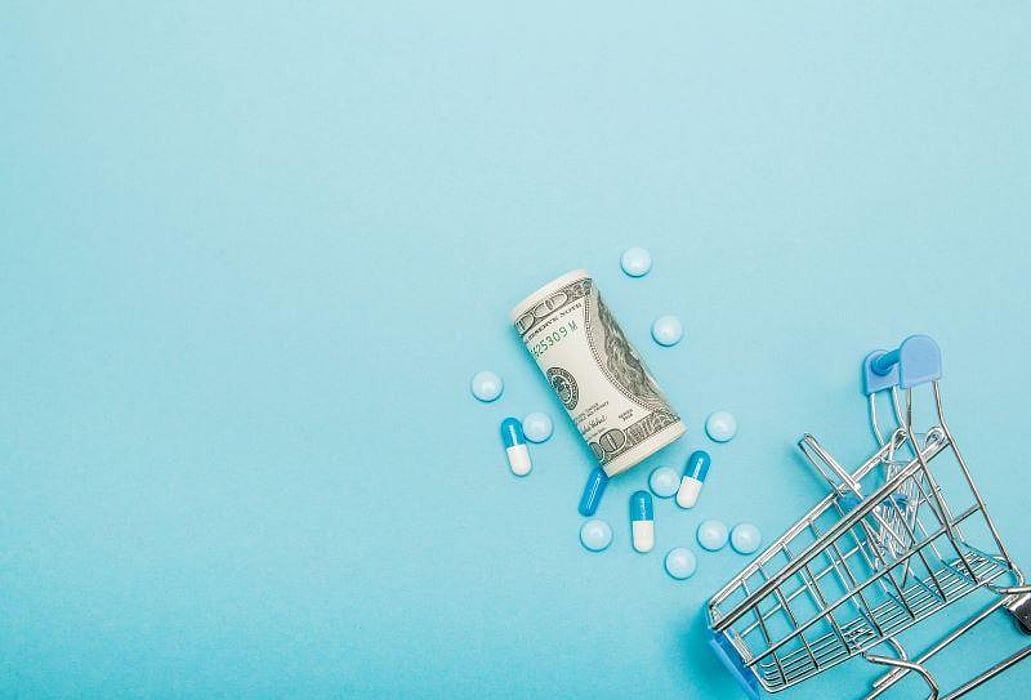Drugs With Low Clinical Benefit Show Higher Direct-to-Consumer Spending

WEDNESDAY Feb. 15, 2023 (HealthDay News) -- Among the top-selling U.S. drugs, those with lower added clinical benefit ratings and higher total drug sales have higher manufacturer spending on direct-to-consumer advertising, according to a study published in the Feb. 7 issue of the Journal of the American Medical Association.
Michael J. DiStefano, Ph.D., from Johns Hopkins University in Baltimore, and colleagues assessed drug characteristics associated with a greater share of promotional spending on advertising directly to consumers. The analysis included the 150 top-selling branded prescription drugs in the United States in 2020, identified from IQVIA National Sales Perspectives data. Promotional spending data were included from IQVIA ChannelDynamics.
The researchers found that the 2020 median proportion of promotional spending allocated to direct-to-consumer advertising was 13.5 percent, with median promotional spending of $20.9 million and median total sales of $1.51 billion. Due to missing data, the primary study sample consisted of 134 drugs. The mean proportion of total promotional spending allocated to direct-to-consumer advertising for the top 134 drugs was an absolute 14.3 percent higher for those with low added clinical benefit than for those with high added clinical benefit, when adjusting for drug characteristics, and an absolute 1.5 percent higher for each 10 percent increase in total sales. The majority of the top-selling prescription drugs sold in 2020 were rated as offering low added benefit (68 percent).
"The findings suggest that shifting promotional dollars to direct-to-consumer advertising potentially reflects a strategy to drive patient demand for drugs that clinicians would be less likely to prescribe," DiStefano said in a statement. "When a consumer sees these advertisements on TV or social media, they should really question if it's the best drug for them and have a conversation with their provider."
Abstract/Full Text (subscription or payment may be required)
Editorial (subscription or payment may be required)
Related Posts
‘Ultra-Processed’ Foods Up Odds for a Second Heart Attack or Stroke
WEDNESDAY, Dec. 1, 2021 (HealthDay News) -- If you've had a heart attack or...
FDA Approves Drug for Cats With Allergic Skin Disease
FRIDAY, March 31, 2023 (HealthDay News) -- Cats constantly licking and chewing...
Incidence of Legionnaires’ Disease Continuing to Increase
THURSDAY, Feb. 17, 2022 (HealthDay News) -- The incidence of Legionnaires'...
El racismo empeora la salud cardiaca de las mujeres negras
JUEVES, 2 de marzo de 2023 (HealthDay News) -- Las mujeres negras expuestas a...
